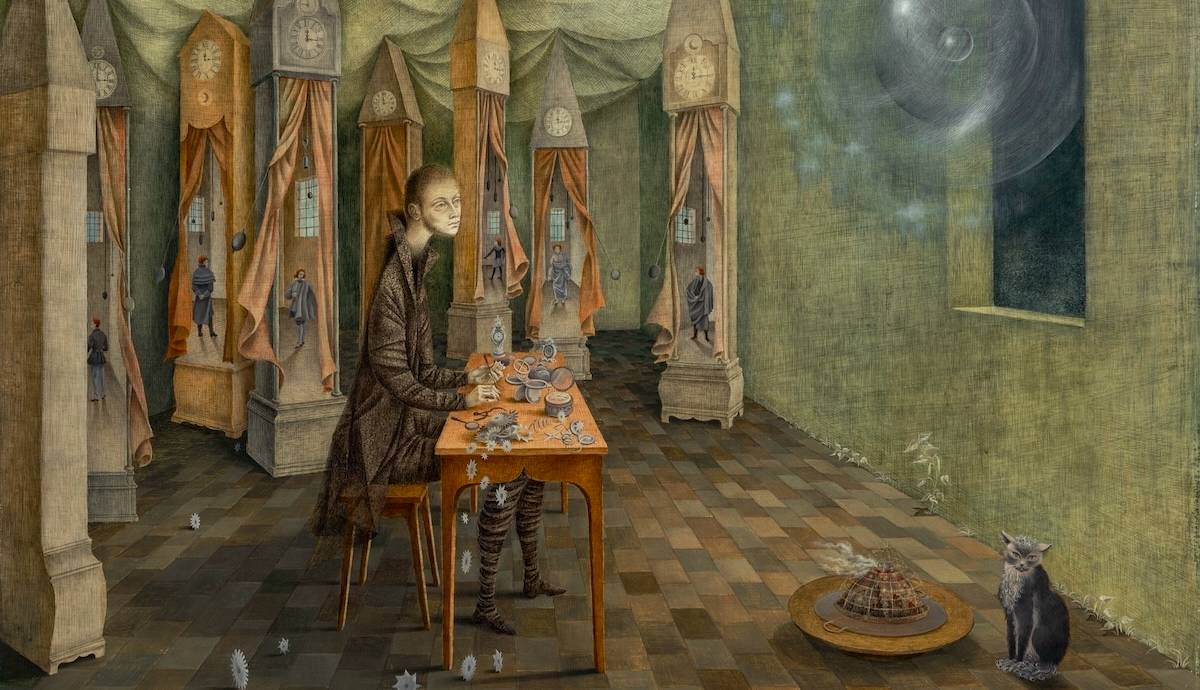
A neurological study conducted in the Netherlands demonstrated an “enormous difference” in brain activity between people who viewed original works of art versus reproductions. The study also revealed new insights about what makes Vermeer’s Girl with a Pearl Earring so compelling.
Real Art Stimulates the Brain by “a Factor of Ten”

The Netherlands’ Mauritshuis Museum, most famously home to the Dutch Golden Age masterpiece Girl with a Pearl Earring, commissioned the independent study to learn more about the neurological impact of experiencing real art in museums. The result? Real art stimulates the brain ten times more than a reproduced image.
The museum’s director, Martine Gosselink, recounted to the Guardian how, one year ago, she asked her colleagues about the power of real art: “We all feel the difference—but is it measurable, is it real?” She added, “Now, today we can really say that it is true. A factor of ten is an enormous difference, and this is what happens when you look at a reproduction compared to a real work.”
Brain Scans Revealed Impact of Real Art

The Neurensics Research Institute, which carried out the study in collaboration with other neurology experts, attached 20 volunteers to an electroencephalogram (EEG) scanner and eye-tracking equipment. The volunteers then looked at five paintings in the Mauritshuis Museum—including Girl with a Pearl Earring—as well as posters of the same images in the gift shop. The researchers also studied the effects of images of real art versus reproductions flashed onto volunteers’ goggles inside a functional MRI scanning machine.
The volunteers’ brain waves and eye movements were measured and analyzed. The researchers found that, compared to reproductions, real art evokes a much stronger positive response in the precuneus—a part of the brain responsible for personal identity, memory, and consciousness. “If you want to know what people think, it is better to measure it than to ask them. The results were extraordinary,” said Martin de Munnik, co-founder of Neurensics. He also noted that this is the first known study to use EEG and MRI technology to measure a person’s neurological response to real art.
Vermeer Masterpiece Creates a “Sustained Attention Loop”

The study also revealed that Girl with a Pearl Earring, painted by the 17th-century Dutch master Johannes Vermeer, attracted the most overall attention from viewers. Researchers say this is because the iconic painting creates a neurological phenomenon called a “sustained attention loop.” Girl with a Pearl Earring is unique because it has three focal points instead of one, compelling the viewer to look for a longer period of time. It loops the viewer’s gaze in a repeating triangle between the girl’s eye, mouth, and earring.
De Munnik said, “Being allowed to look at the effect of a famous painting like the Girl was a unique experience for our scientists. That the Girl is special was predictable. But the why was also a surprise to us. The ‘sustained attention loop’ discovered is the factual explanation behind all kinds of opinions people had about the attention the Girl demands from us. An impact that is amplified when the work is admired in a museum.”








